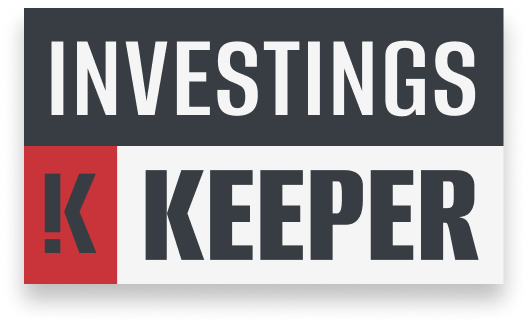
Self-employment, especially during COVID-19, appears to be on the rise.
People love the idea of creating their own schedules and working from wherever they please.
However, finances can be a bit tricky and confusing for those who are self-employed. One of the questions I see often is this: “What happens to my 401(k)? Can I still contribute if I don’t have a traditional employer?”
While there is more than one retirement plan for the self-employed person, I’ll be walking you through the one I used that ultimately enabled me to hit my $100k goal by 25 years old — a SEP IRA. If you didn’t know this wonderful thing even existed (let alone how it works), let’s break it down.
What exactly is a SEP IRA?
First of all, you should know that SEP stands for Simplified Employee Pension — I’m not sure why they chose the word “simplified” because self-employment, although incredibly rewarding, is anything BUT simple.
Basically, a SEP IRA is a retirement plan for those who are self-employed. There are many different types of retirement plans. Like the more traditional IRA and 401k accounts, you are allowed to contribute to your SEP IRA and receive tax deductions as a result.
One difference, however, between standard IRA or 401k accounts and a SEP IRA is that SEP IRAs tend to have a higher annual contribution limit.
Just to put things into perspective — for 2020, the contribution limit is $6,000 for either a Roth or a Traditional IRA. For a 401k, your annual contribution limit is $19,500. However, the 2022 SEP IRA contributions limits are 25%* of your compensation or $57,000— which is amazing.
There are two small caveats to be aware of, however.
*The 25% refers to your net earnings, so basically, the amount that is listed on your Schedule C income, minus deductions. In addition, if you make over $285,000 you cannot use the 25% contribution rule. $57,000 would automatically become your max contribution.
The lowdown on a SEP IRA
First and foremost, you should know that like a Traditional IRA, you are not required to pay any taxes up front, but rather, you can wait until you have retired and have started to withdraw money. Then and only then will you have to start paying income taxes on distributions. There is no Roth option for the SEP IRA.
My favorite part of the SEP IRA is the ability to contribute if you have a profitable side hustle. Even if you’re a part-time freelancer or side hustler— meaning you do this work in addition to your day job— you can still contribute to your SEP IRA as well as any personal IRA or 401(k) accounts you may have on top of that as long as you are within contribution limits. This is how I was able to open a SEP IRA while I was still a W-2 employee.
The only catch is that if you do have a SEP IRA, the amount you are able to presently deduct from personal contributions may differ.
A few other things to note:
One cool thing about having a SEP IRA is that you are the investor, period. You direct everything, and you are in charge. It’s also 100% vested— meaning you own all of the assets right off the bat.
As far as withdrawals go, you can’t start receiving money from your account before the age of 59.5 (well, you can, but there’s a 10% fee for an early withdrawal penalty) and you have to start withdrawing after the age of 72. If you don’t, you could be hit with a 50% penalty. OUCH!
Why Saving for Retirement is so Important, Especially for Women
Retirement is the biggest expense of your life, there’s no getting around that. When it comes to the wage gap, investing has a lot more to do with it than you think. According to this survey, statistics show that while nearly 100% of women want to stay self-employed, there is a 28% wage gap between men and women in the self-employment sphere.
This is largely to do with the fact that 40% of self-employed workers do not have a retirement plan. So, help change the narrative by opening up a SEP IRA and passing this information along to other self-employed friends in your own community.
I hope this made SEP IRAs a little more digestible. If you are a self-employed person, opening a SEP IRA could be a great way to further a successful retirement which you can keep track of with tools like Personal Capital’s Retirement Planner.
Personal Capital compensates Tori Dunlap (“Author”) for providing the content contained in this blog post. Additionally, in a separate referral arrangement between Author and Personal Capital Corporation (“PCC”), Author is paid $70 and $150 for each person who uses Author’s webpage (www.HerFirst100k.com) to register with Personal Capital and links at least $100,000 in investable assets to Personal Capital’s Free Financial Dashboard. As a result of these arrangements, Author may financially benefit from referring potential clients to Personal Capital and/or be incentivized to present blog content that is favorable to PCC. No fees or other amounts will be charged to investors by Author or Personal Capital as a result of the Referral Arrangement. Investors that are referred to PCC and subsequently subscribe for investment advisory services provided by PCC’s affiliated adviser, Personal Capital Advisors Corporation (“PCAC”) will not pay increased management fees or other similar compensation to Author, PCC or PCAC as a result of this arrangement. Additional information about PCAC is contained in Form ADV Part 2A available here.



